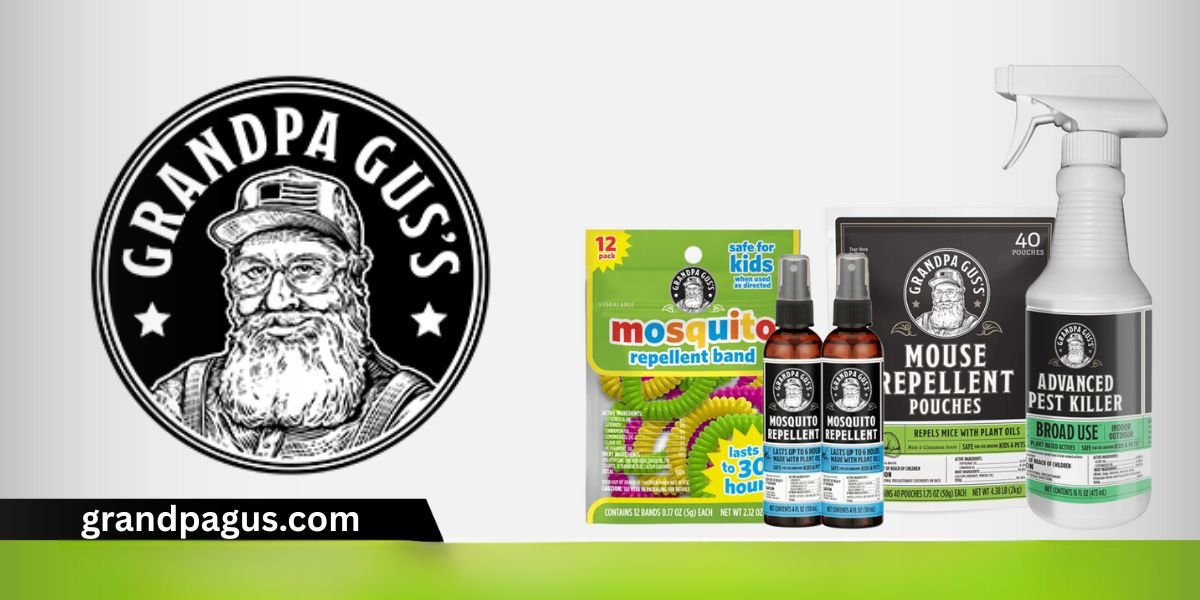How can freezing food help reduce waste at home?
Food waste is a significant challenge in many households, contributing to economic losses and environmental harm. Yet, a simple and effective solution often lies in the freezer. Proper freezing can preserve food, extend its shelf life, and ensure leftovers don’t end up in the trash. By following practical techniques, households can maximize the value of their groceries while reducing waste. But what are the best ways to freeze food effectively?
What foods freeze best?
Not all foods are freezer-friendly, so knowing what works best is key to success. Many fruits, vegetables, meats, baked goods, and dairy items freeze well. For example, berries and bananas are perfect candidates, as they can be used conveniently for smoothies or baking. Meals like soups and stews also freeze beautifully, retaining much of their original flavor and texture.
On the other hand, some foods don’t respond well to freezing. Cucumbers, lettuce, and other high-water-content produce often lose their crispness, becoming soggy when thawed. Understanding these differences helps set realistic expectations and ensures better results.
How should food be prepared for freezing?
Preparation is critical for effective freezing. Start by ensuring all items are fresh and clean, as the condition of food at the time of freezing largely determines its quality upon thawing.
Chop fruits and vegetables into smaller, usable portions to save time during meal prep. For meats, dividing large packages into meal-sized servings prevents unnecessary thawing of excess quantities. Airtight containers or freezer-safe bags are essential for protecting food from freezer burn, which damages texture and flavor over time.
For many vegetables, blanching is an important step. Briefly boiling produce like broccoli or carrots and then submerging them in ice water preserves their color, flavor, and texture. This method also slows enzyme activity, helping to maintain nutritional quality.
Why is portion control important?
Freezing food in manageable portions simplifies storage and minimizes waste. For example, freezing soups or broths in small, shallow containers or ice cube trays allows for easier portioning. This way, you can thaw only the amount needed, rather than struggling with a large frozen block of leftovers.
Similarly, dividing meals into individual servings not only saves time but also ensures flexibility when planning meals. Smaller portions also thaw faster, making meal prep more efficient.
How can labeling improve freezer organization?
An organized freezer saves time and prevents waste. Labeling containers and bags with the contents and the date of freezing eliminates the guesswork and reduces the risk of forgetting items.
Rotating stored food is another useful habit. Place older items at the front and newer ones toward the back to ensure everything is used within a reasonable timeframe. These small steps prevent the accumulation of expired or spoiled food and keep your freezer functional and tidy.
How to avoid freezer burn and maintain food quality
Freezer burn, caused by exposure to air, is a common issue that affects food quality. To avoid it, always remove as much air as possible from freezer bags or containers. Wrapping food tightly and using double-sealing methods for certain items can provide extra protection.
Maintaining a consistent freezer temperature of 0°F (-18°C) or lower is also essential. Avoid frequent opening of the freezer door, as temperature fluctuations can compromise food quality.
How long can food be stored in the freezer?
Freezing extends the shelf life of food but doesn’t make it last indefinitely. Each food type has its own recommended freezing duration. For instance, raw chicken can remain safe for up to a year under ideal conditions, while baked goods are best consumed within three months to maintain optimal texture and taste.
Regularly checking and organizing your freezer can help you track foods nearing the end of their recommended storage time. Using these items first ensures nothing goes to waste.
What are the benefits of freezing leftovers?
Leftovers are a leading source of household food waste. Freezing them transforms this challenge into an opportunity. By preparing meals in larger batches and freezing portions, you can enjoy convenient, ready-to-eat dinners while reducing the temptation to order takeout.
Freezing leftovers also supports meal planning, allowing you to create a diverse menu for the week without starting from scratch every night. When reheating, opt for gentle methods, such as low heat on the stovetop, to preserve texture and flavor.
How does freezing food help save money?
Freezing food is a practical way to stretch your grocery budget. Buying in bulk—whether it’s seasonal produce or discounted meat—often offers significant savings. Freezing these items helps you enjoy the benefits without worrying about spoilage.
Additionally, freezing reduces the frequency of throwing away uneaten food. Every meal or ingredient preserved translates to direct savings, making freezing an essential strategy for more economical households.
Why is freezing food a sustainable choice?
Reducing food waste doesn’t just save money—it also contributes to a more sustainable lifestyle. Food waste in landfills generates methane, a potent greenhouse gas. By freezing food effectively, households can play a part in reducing these emissions and conserving resources.
Freezing also minimizes the need for frequent shopping trips, cutting down on fuel consumption and packaging waste. By turning your freezer into a tool for sustainability, you’re making a small yet impactful contribution to the environment.
Making the most of your freezer for long-term benefits
Freezing food is more than just a convenience—it’s a powerful way to reduce waste, save money, and embrace sustainability. By understanding what to freeze, how to prepare it, and how to store it properly, you can make the most of your freezer. With thoughtful planning and organization, freezing becomes an effective strategy for preserving food, reducing waste, and creating a more efficient household.





